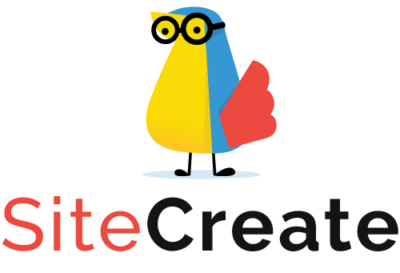Effective Landing Pages for Successful Digital Campaigns
In the ever- evolving digital landscape, having an effective landing page is crucial for the success of your online marketing campaigns. A landing page serves as the first point of contact between your potential customers and your brand. When done right, it can convert visitors into leads and customers. In this blog post, we will explore the key elements of creating a successful landing page for your digital campaigns.
evolving digital landscape, having an effective landing page is crucial for the success of your online marketing campaigns. A landing page serves as the first point of contact between your potential customers and your brand. When done right, it can convert visitors into leads and customers. In this blog post, we will explore the key elements of creating a successful landing page for your digital campaigns.
Clear and Compelling Headline
Your landing page's headline is the first thing visitors see, and it should instantly grab their attention. It should be clear, concise, and directly related to the offer or product you're promoting. Use persuasive language that conveys the value of what you're providing.
Engaging Visuals
Images and videos can significantly enhance your landing page's visual appeal and engage visitors. Choose high-quality, relevant visuals that support your message. A well-placed video that explains your product or service can be particularly effective in capturing the audience's interest.
Concise and Persuasive Copy
The copy on your landing page should be clear and concise. Focus on the benefits of your offer and how it can solve your visitors' problems or meet their needs. Use persuasive language and bullet points to make the content scannable. Keep paragraphs short and to the point.
Compelling Call-to-Action (CTA)
Your call-to-action is arguably the most critical element of your landing page. It should stand out and be persuasive. Use action-oriented words such as "Get Started," "Download Now," or "Request a Quote." Make sure the CTA button is prominently placed and contrasts with the background for easy identification.
Capture User Information
Your landing page's headline is the first thing visitors see, and it should instantly grab their attention. It should be clear, concise, and directly related to the offer or product you're promoting. Use persuasive language that conveys the value of what you're providing.
Social Proof
Including social proof elements like testimonials, reviews, or logos of well-known clients can build trust with your audience. People tend to trust the opinions and experiences of others, so showcasing positive feedback can be a powerful persuasion tool.
Mobile Responsiveness
In today's mobile-centric world, it's essential that your landing page is fully responsive and functions well on various devices and screen sizes. Mobile users should have the same user experience as those on desktops.
Loading Speed
A slow-loading landing page can drive visitors away. Compress images, minimize unnecessary scripts, and optimize your page's code to ensure it loads quickly. Page speed not only affects user experience but can also impact your search engine rankings.
A/B Testing
No landing page is perfect right from the start. A/B testing is a valuable technique for improving your conversion rates. Create variations of your landing page and test different elements like headlines, CTA buttons, or form fields to see what works best.
Analytics and Tracking
To measure the success of your landing page, it's crucial to set up analytics tools like Google Analytics. Track user behavior, conversion rates, and other relevant metrics. This data will help you refine your landing page over time.
Conclusion
Creating effective landing pages for your digital campaigns is a dynamic process that requires ongoing refinement and optimization. By focusing on clear messaging, persuasive design, user-friendliness, and trust-building elements, you can create landing pages that convert visitors into leads and customers. Remember to continually monitor and improve your pages based on user data and feedback for long-term success in your digital marketing efforts.
